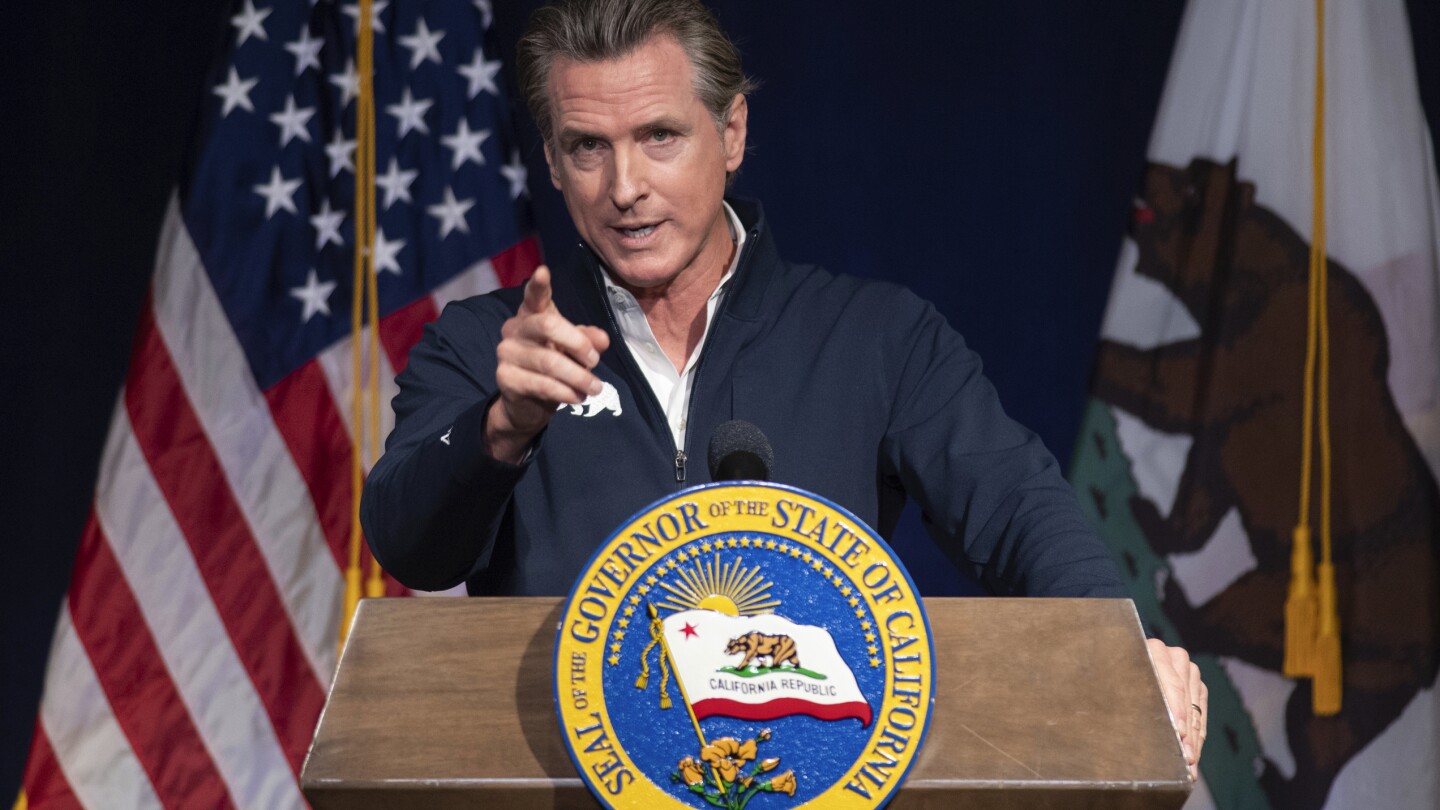Gov. Gavin Newsom vetoed a bill Saturday that would have made California the first U.S. state to outlaw caste-based discrimination.
Caste is a division of people related to birth or descent. Those at the lowest strata of the caste system, known as Dalits, have been pushing for legal protections in California and beyond. They say it is necessary to protect them from bias in housing, education and in the tech sector — where they hold key roles.
Earlier this year, Seattle became the first U.S. city to add caste to its anti-discrimination laws. On Sept. 28, Fresno became the second U.S. city and the first in California to prohibit discrimination based on caste by adding caste and indigeneity to its municipal code.
In his message Newsom called the bill “unnecessary,” explaining that California “already prohibits discrimination based on sex, race, color, religion, ancestry, national origin, disability, gender identity, sexual orientation, and other characteristics, and state law specifies that these civil rights protections shall be liberally construed.”



But at the same time, what exactly does caste discrimination even look like? Just writing a law against it doesn’t make it not a problem.
I get the feeling that someone who is facing caste discrimination (whatever that looks like) is also unlikely to be able to take legal action against the perpetrators due to the cost.